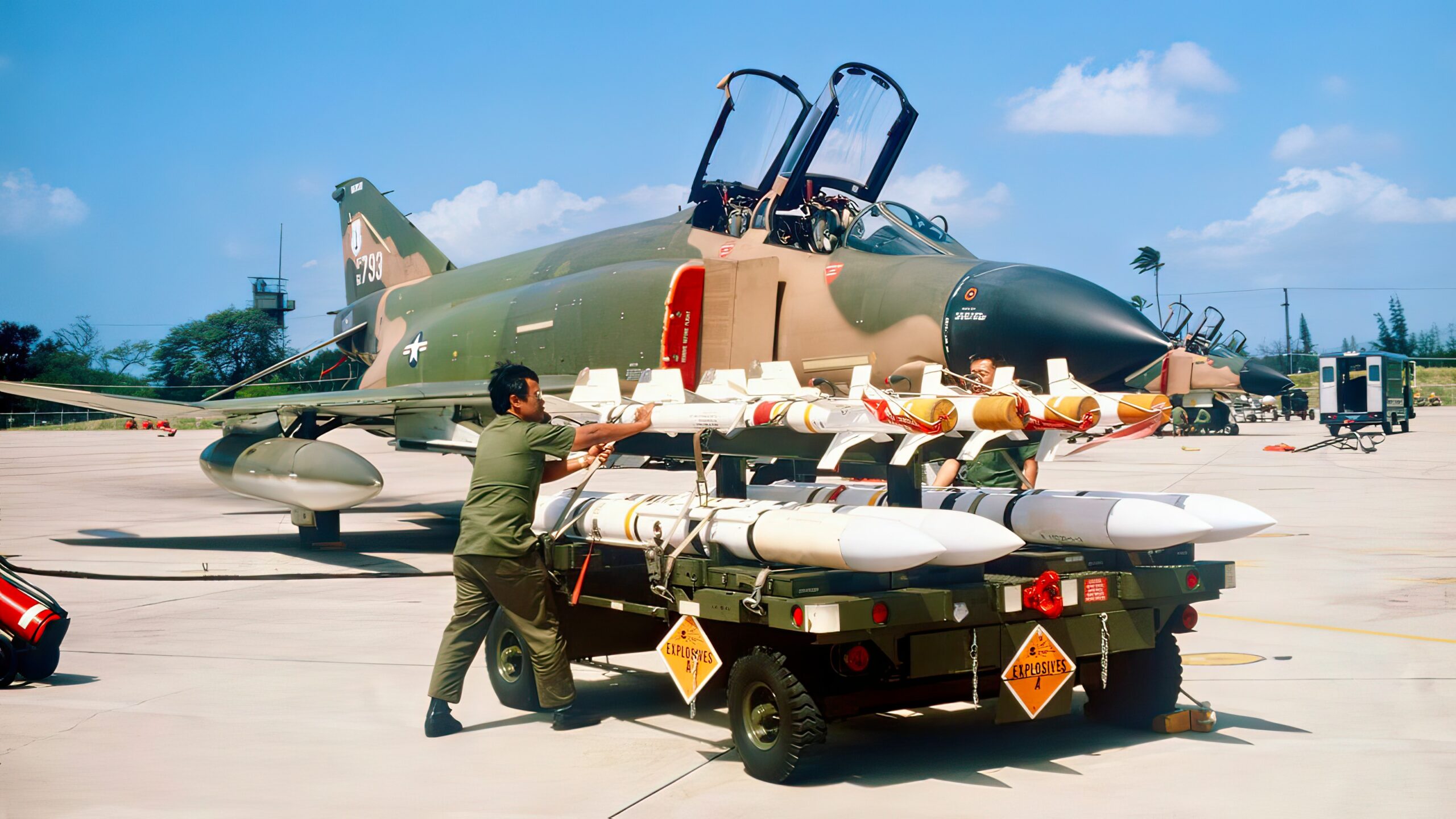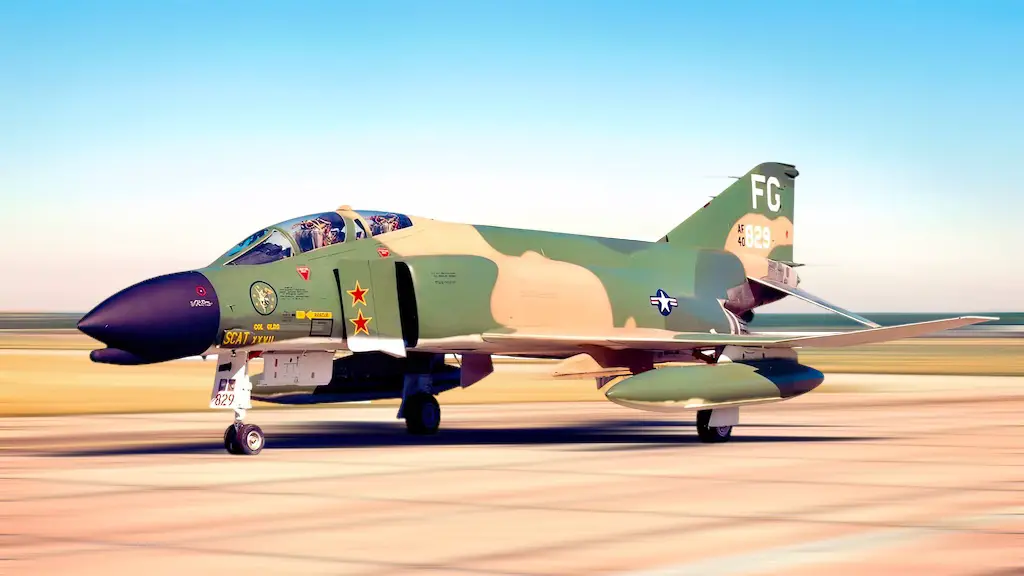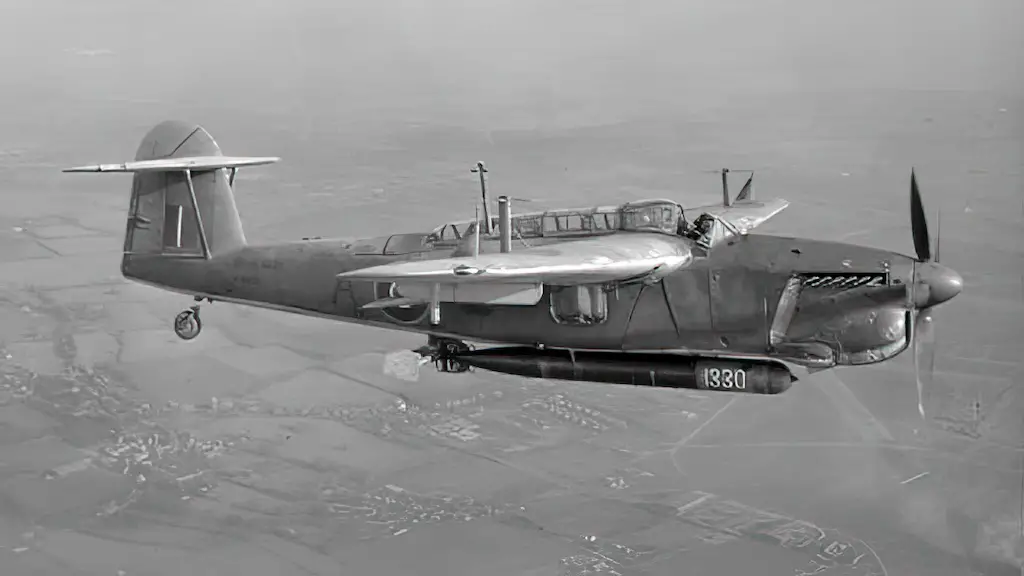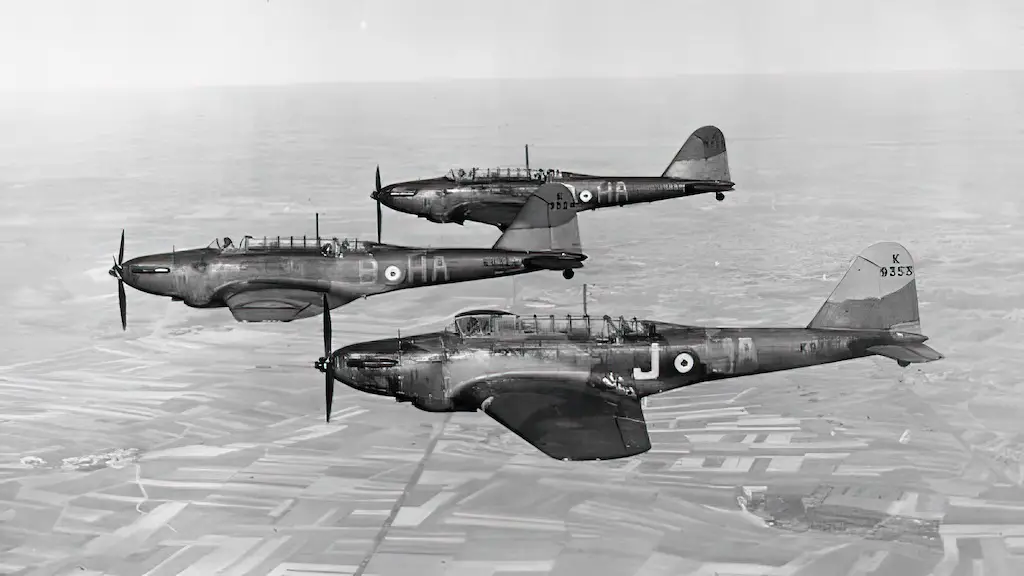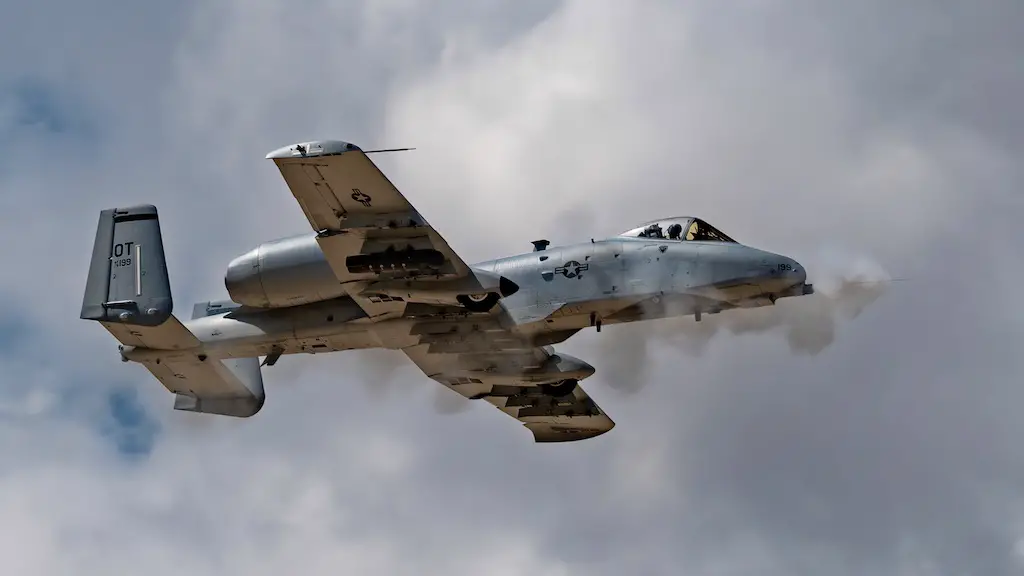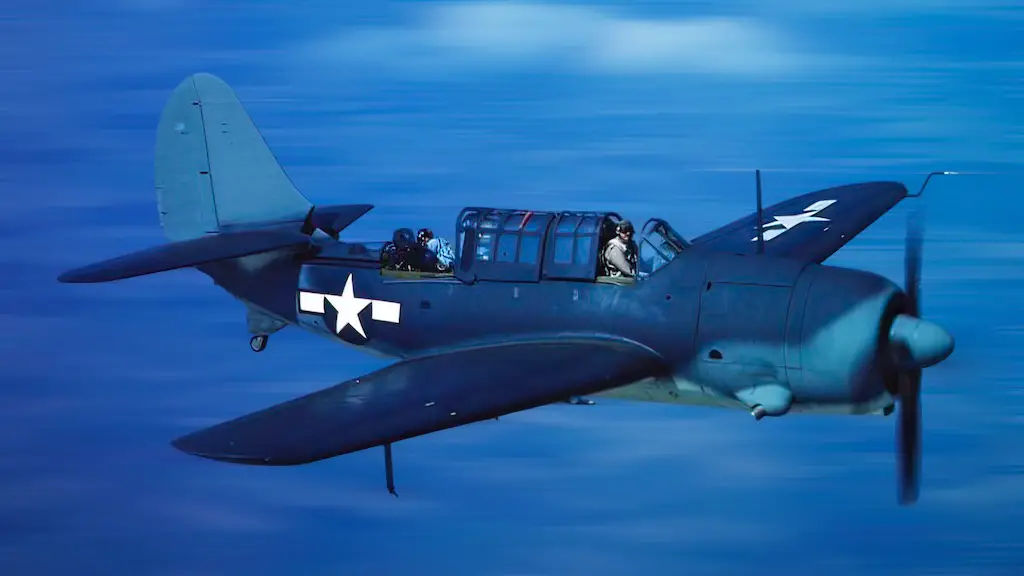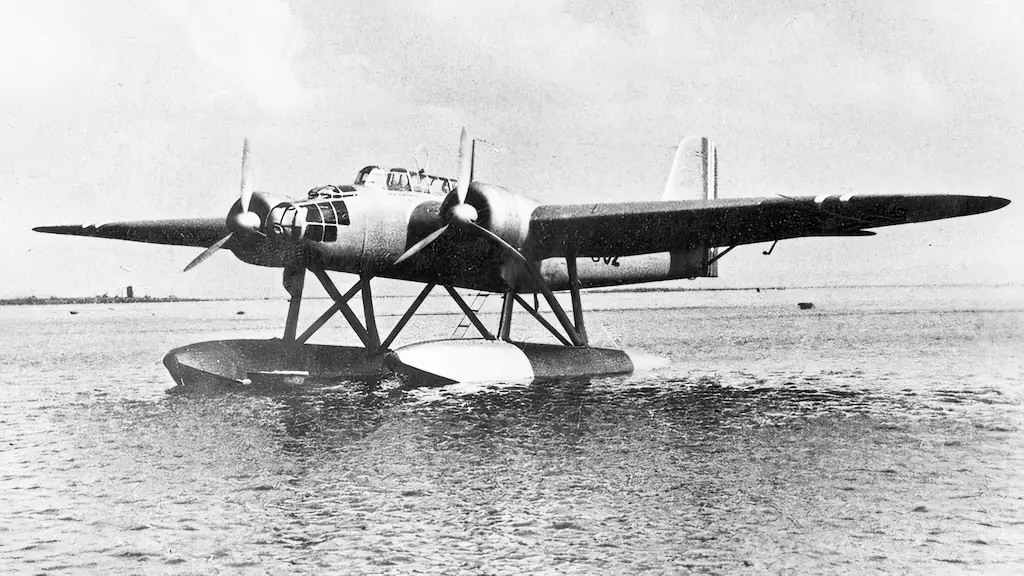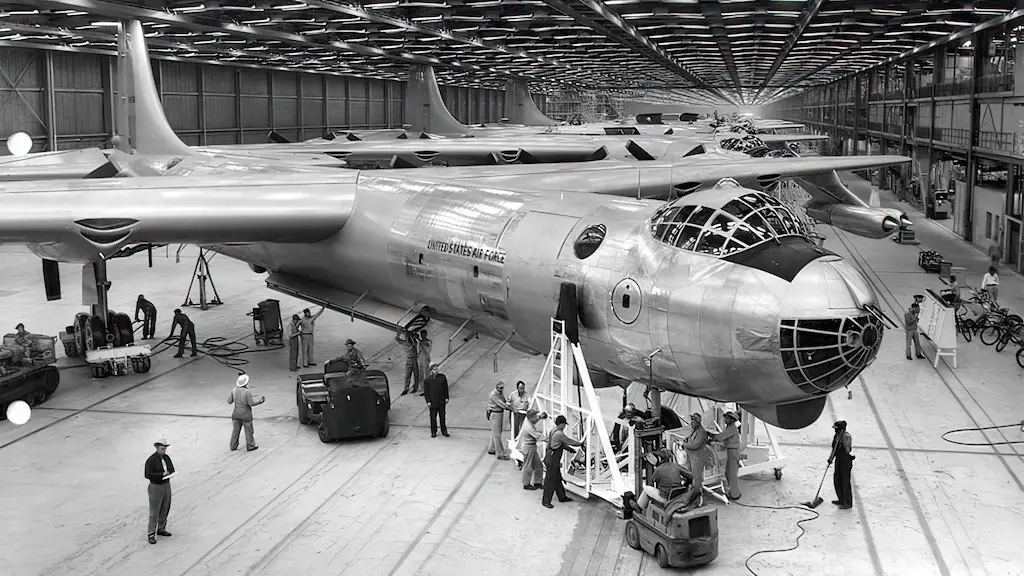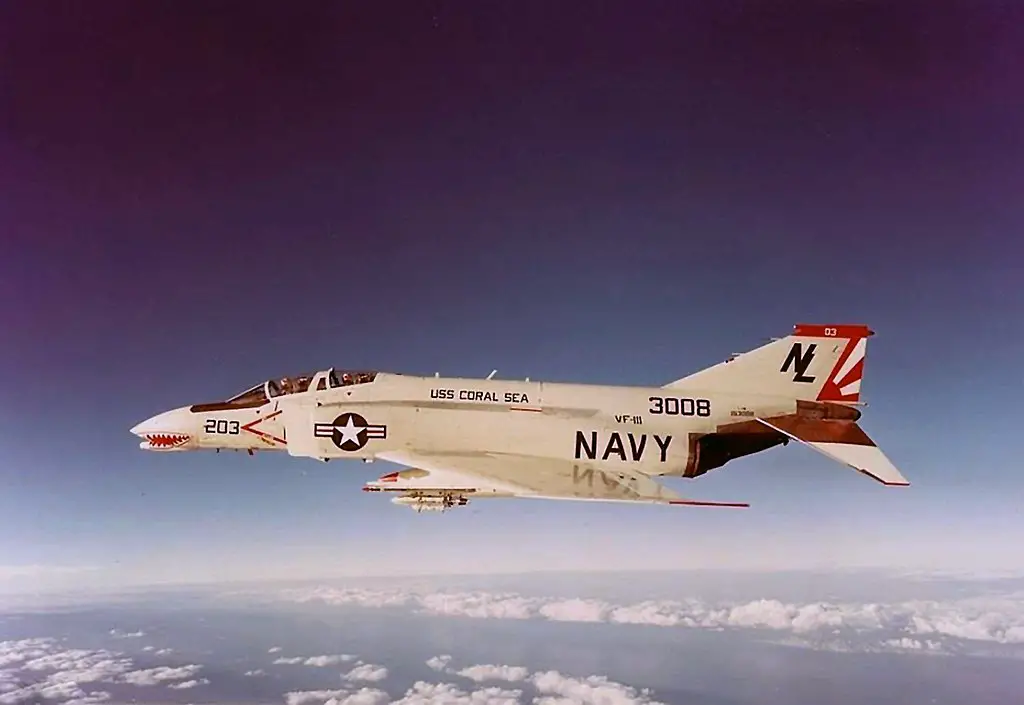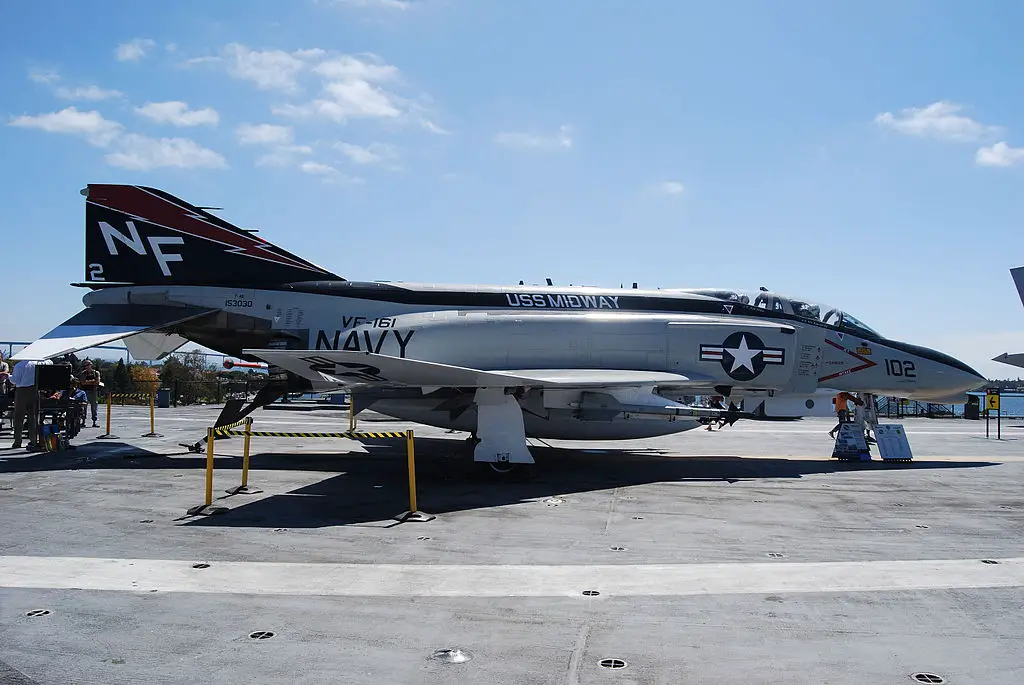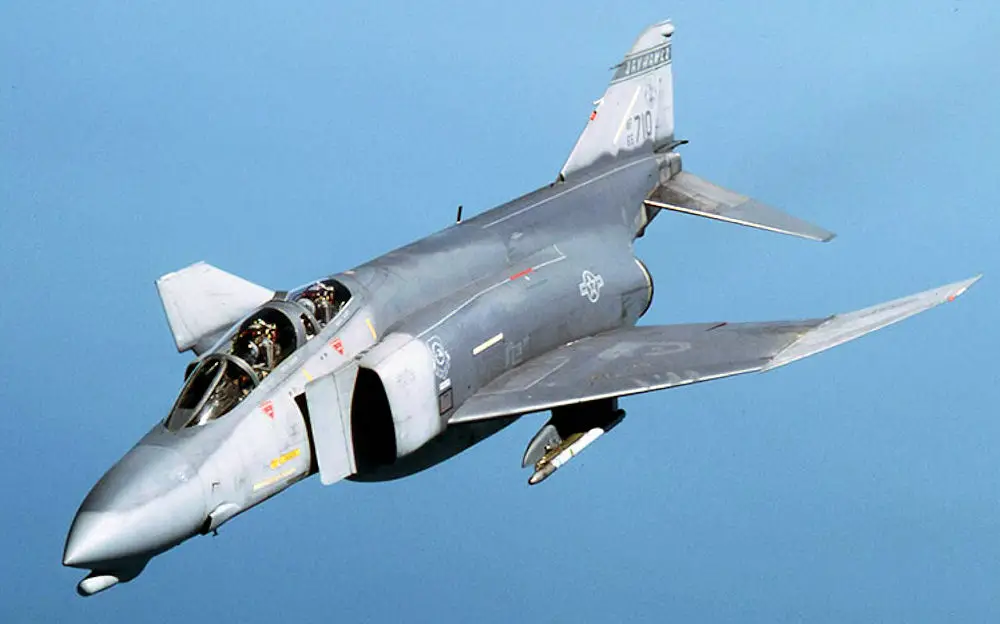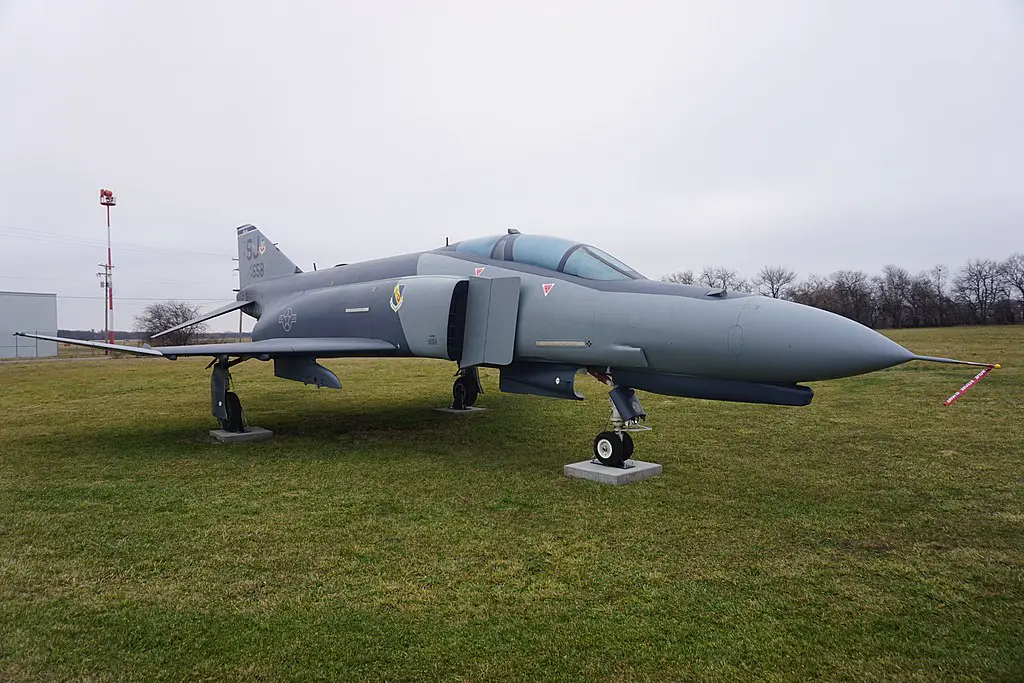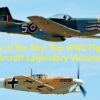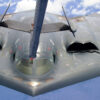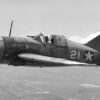Originally developed by McDonnell Aircraft Corporation and later merged with Douglas Aircraft Company, the F-4 Phantom II became one of the most versatile and successful fighter aircraft in the United States Air Force (USAF), United States Navy (USN), and Marine Corps (USMC) fleets. One of the key factors behind the Phantom II’s remarkable success was its powerful and innovative engines, which played a crucial role in its unmatched performance and adaptability.
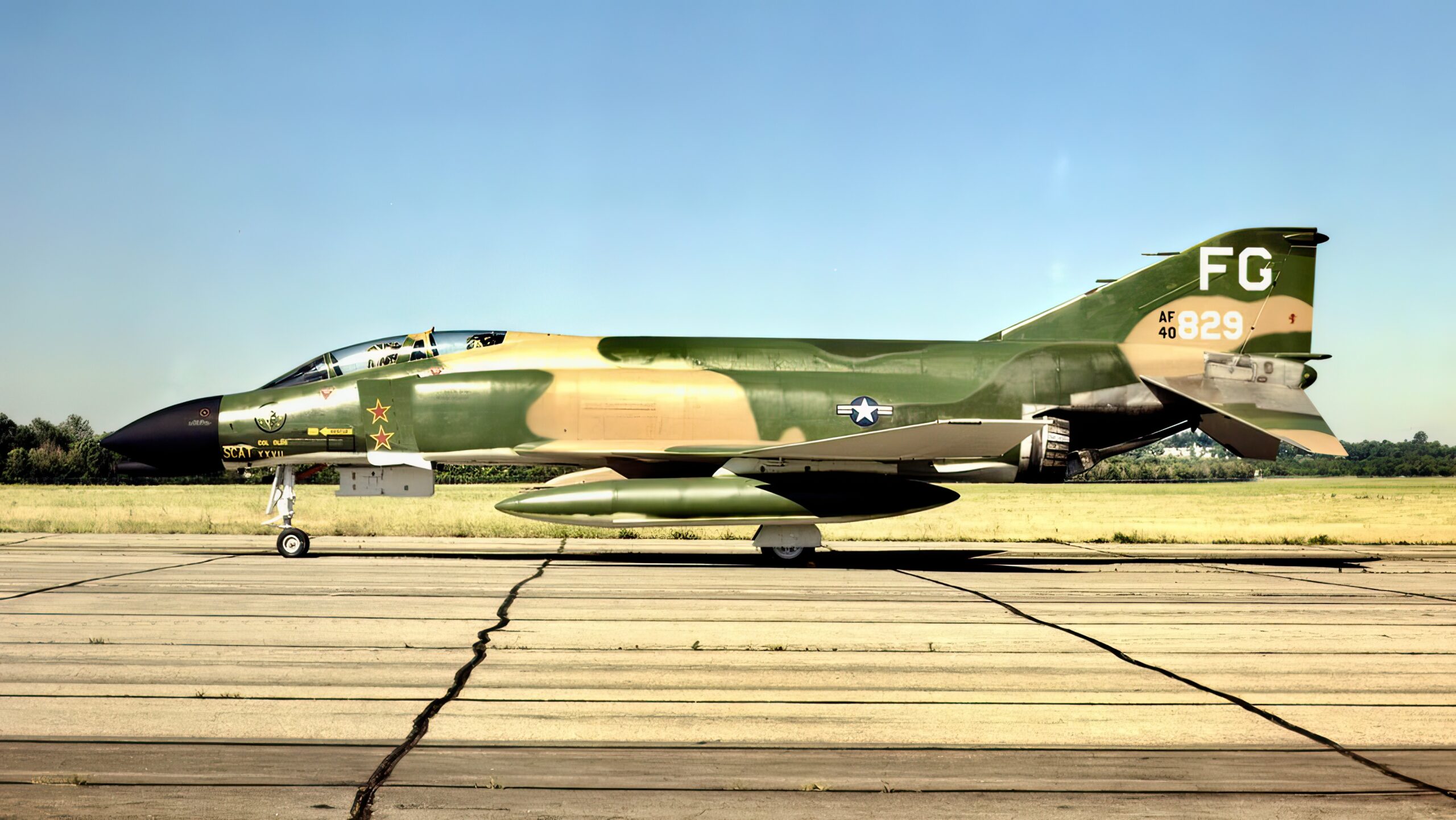
Evolution and Development:
The development of the F-4 Phantom II began in the late 1950s, and it first took to the skies in 1958. It entered service in 1960 and continued to serve in various capacities well into the 21st century. The jet was initially designed to be a carrier-based fighter for the US Navy, with the US Air Force also recognizing its potential as a versatile multi-role aircraft.
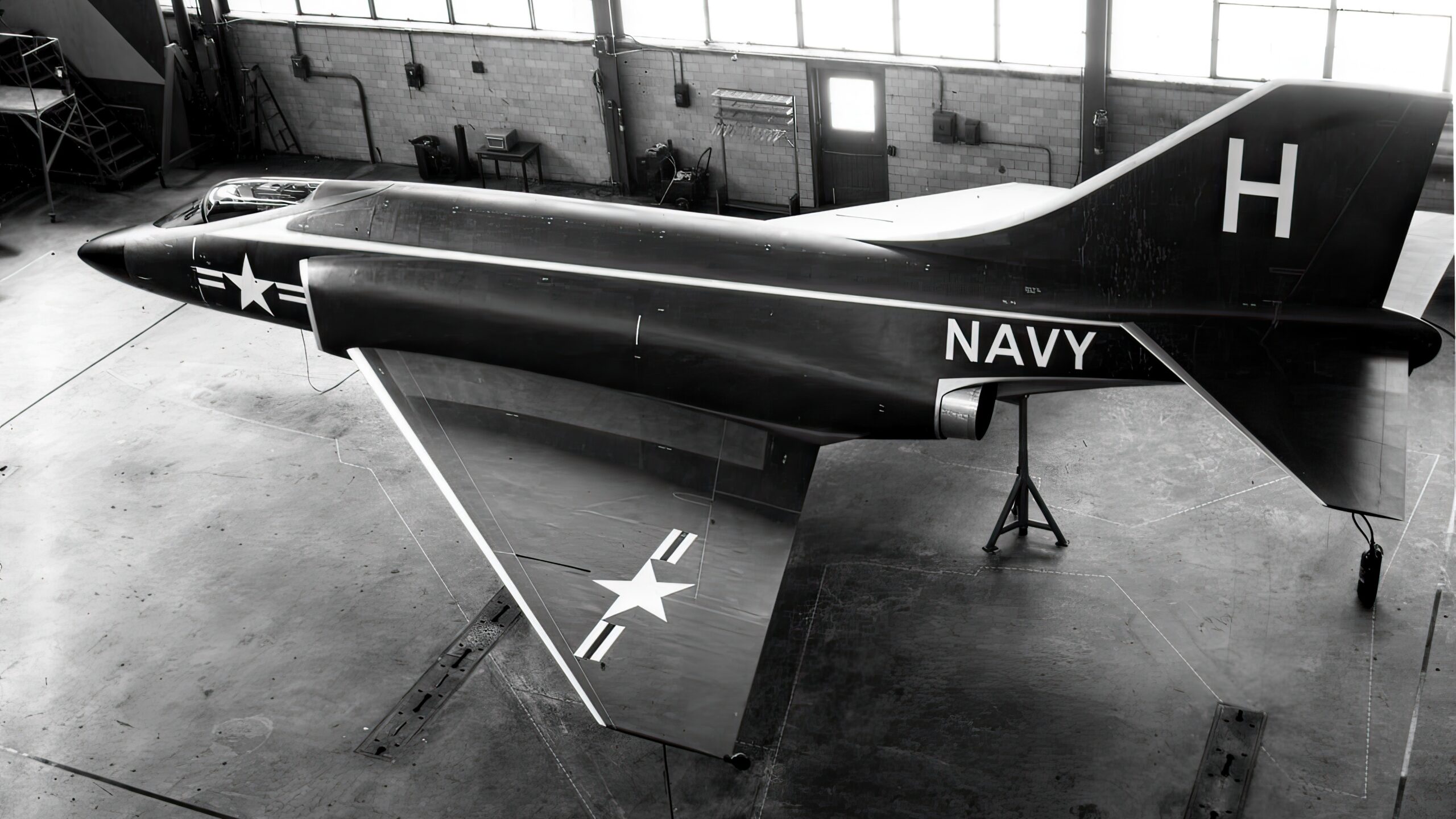
Powerhouse Engines:
The F-4 Phantom II was equipped with two powerful jet engines, which played a pivotal role in shaping its capabilities. The original variants of the Phantom II were fitted with J79 turbojet engines manufactured by General Electric (GE). The J79 engines were known for their exceptional performance, allowing the aircraft to achieve incredible speeds and maneuverability.
The J79 engine was a single-spool, axial-flow turbojet with a variable-area afterburner. It had a thrust output of approximately 17,900 pounds (79.6 kN) with afterburner, which propelled the F-4 Phantom II to a top speed of Mach 2.23 1,472 mph at high altitude. The engines were characterized by their ruggedness and ability to withstand the demands of combat operations.
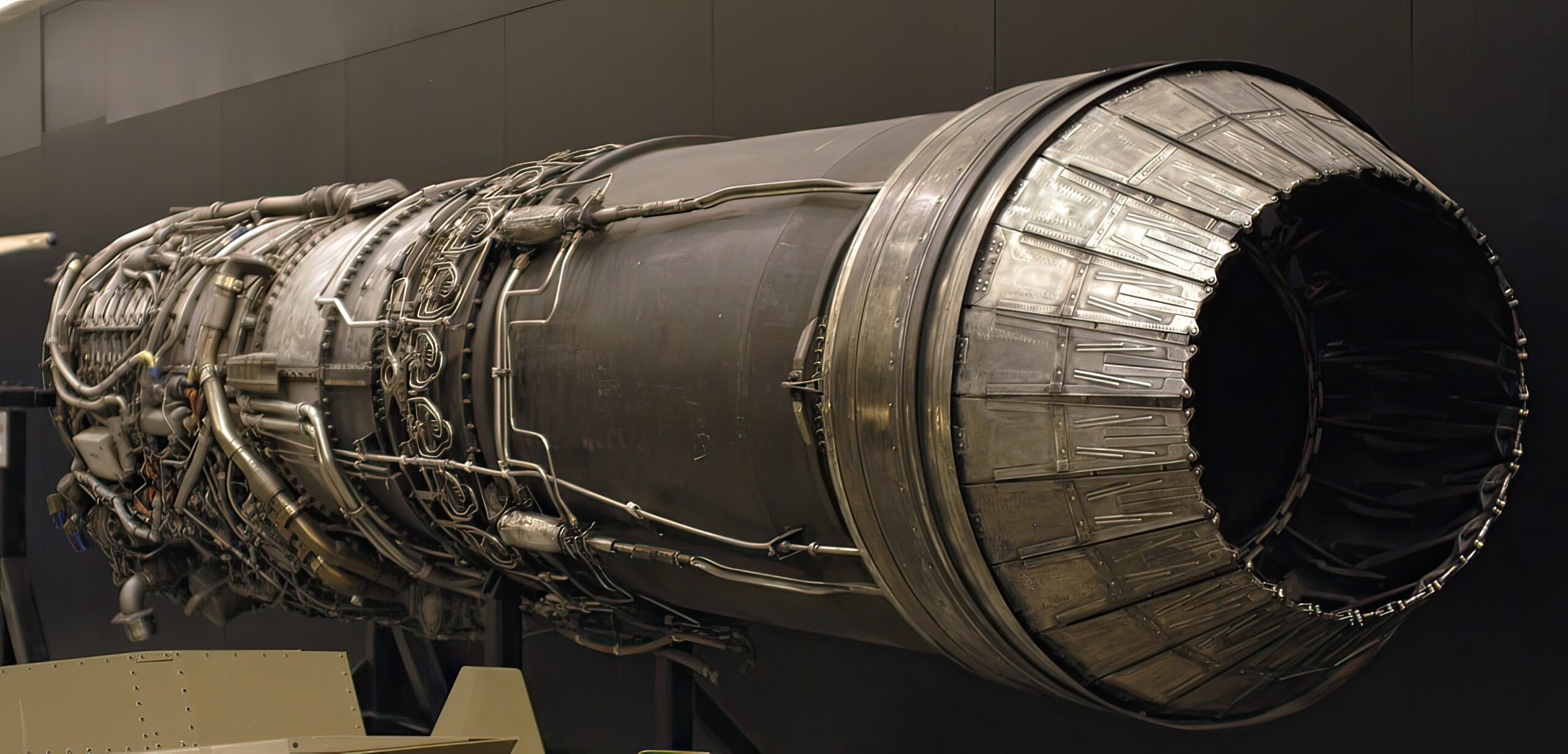
Advantages of Twin-Engine Configuration:
The decision to equip the F-4 Phantom II with two engines provided several advantages. Firstly, the twin-engine configuration offered increased safety and redundancy. In the event of an engine failure during a mission, the aircraft could continue to operate on the remaining engine, ensuring a higher chance of survival for the pilot and aircraft. Additionally, the dual engines allowed the aircraft to carry heavier loads, including weapons and fuel, without compromising its performance.
Afterburner Capability:
The afterburner was a critical feature of the J79 engines that significantly enhanced the F-4 Phantom II’s thrust and performance. When engaged, the afterburner injected additional fuel into the exhaust stream, dramatically increasing the engine’s thrust output. This allowed the aircraft to achieve impressive climb rates, execute quick maneuvers, and attain supersonic speeds.
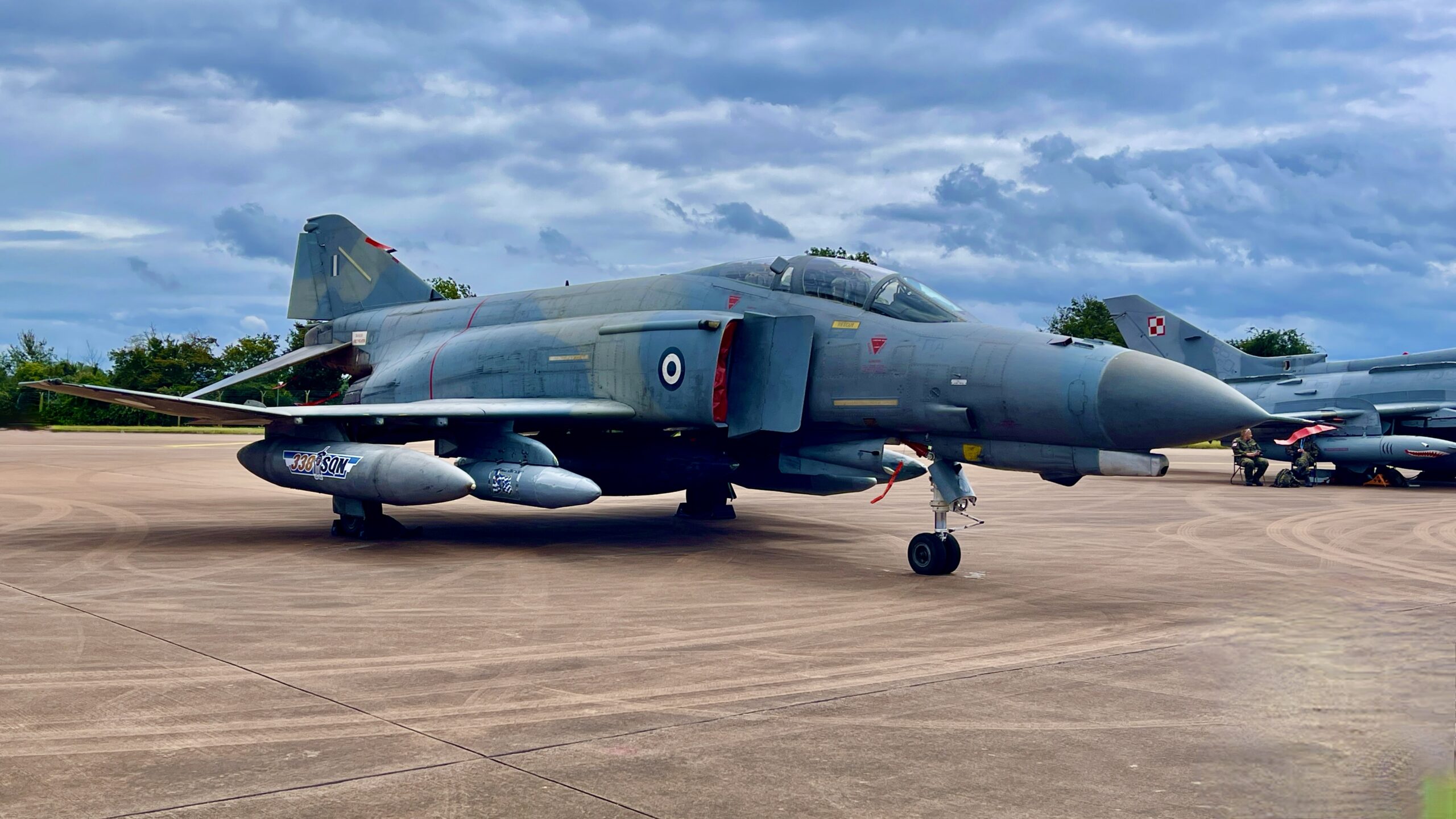
Versatility and Adaptability:
The combination of powerful engines, robust airframe, and twin-engine configuration made the F-4 Phantom II remarkably adaptable. Over the years, it underwent various upgrades and modifications, transforming it into a versatile multi-role aircraft. It could serve as an interceptor, air superiority fighter, ground attack aircraft, reconnaissance platform, and even as an electronic warfare platform with specialized equipment.
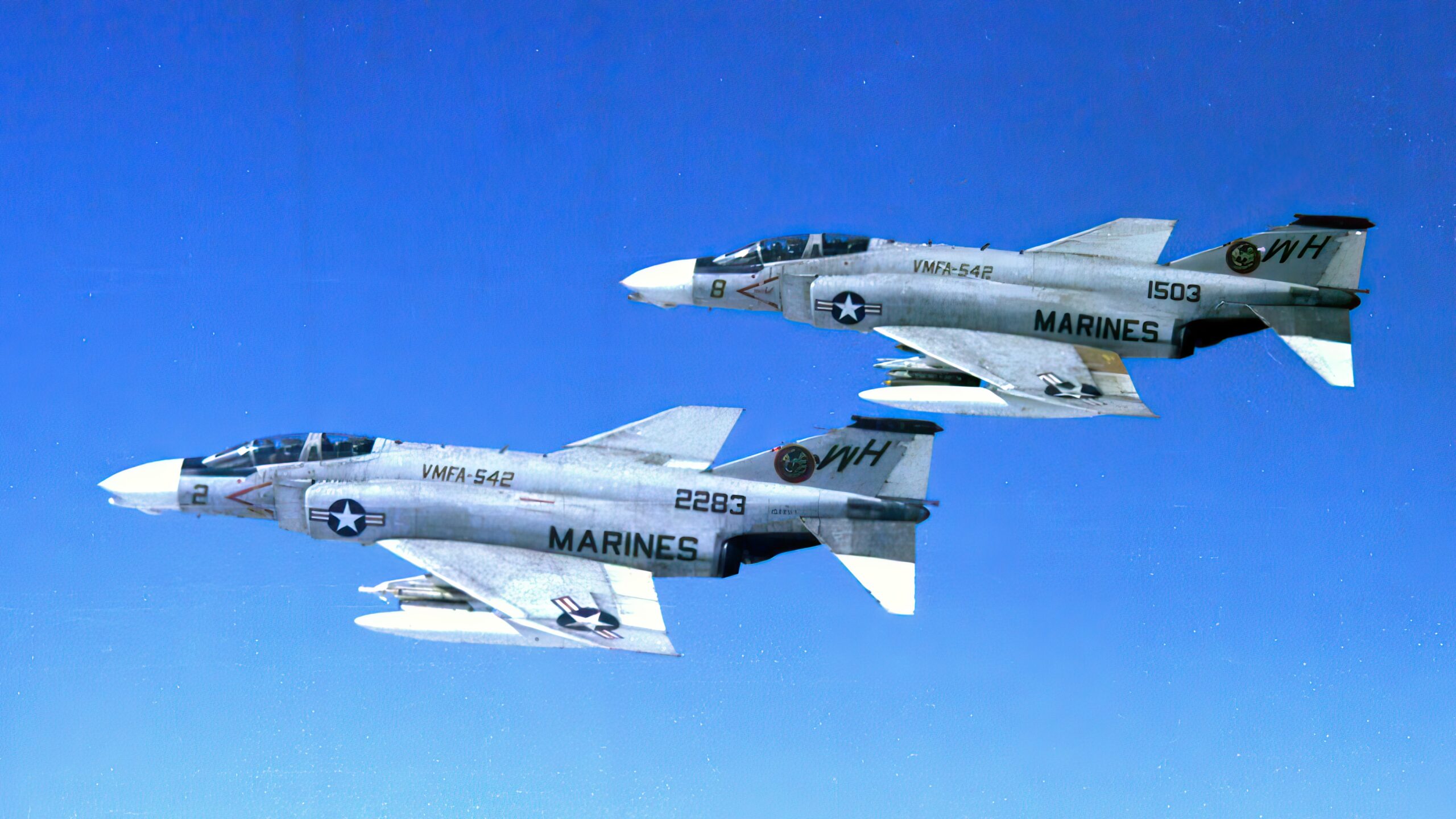
Combat Legacy:
The F-4 Phantom II earned its reputation in numerous conflicts worldwide, including the Vietnam War, Arab-Israeli conflicts, and the Gulf War. Its versatility and reliability made it a formidable opponent in aerial combat, and its ability to carry an extensive array of weapons ensured it remained effective in ground attack missions. The Phantom II’s legacy as a versatile and adaptable aircraft has left a lasting impact on the development of modern military aircraft, and its powerful engines remain an integral part of its enduring reputation as one of the most iconic fighter jets in history.
